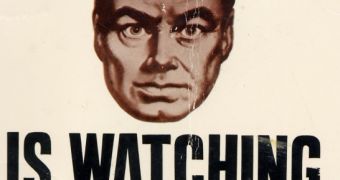Although Microsoft is regarded as a company that finds inspiration in technologies not its own rather than an innovator, this is not the case. In 2007 alone, the Redmond company has spent in excess of $7 billion on its research and development efforts. Such an investment will only pay in the future, and although throwing money around by the buckets is surely no receipt for driving innovation, Microsoft has successfully applied this strategy into other key areas of its business, and in this regard the tactic is somewhat of a trademark.
But as far as innovation goes, in the past two months the Redmond company has filled over 500 patent applications with the United States Patent and Trademark Office. Microsoft is among the strongest supporters of intellectual property. The company has not been shy of letting General Counsel Brad Smith and Vice President of Intellectual Property and Licensing Horacio Gutierrez take a swing at the open source community by claiming that open source and free software infringes on no less than 235 Microsoft patents.
Whether Microsoft is trying to block its competitors from deploying certain patented technologies, or simply looking to indeed fuel innovation, the company's patents can provide quite a few surprises. Like a certain Big Brother monitoring system designed to be deployed into mainstream workspaces. The technology would enable machines to monitor workers via their metabolism, assessing factors such as heart rate, blood pressure, body temperature, facial expressions etc., through a variety of factors. According to the patent, "heart rate, galvanic skin response, EMG, brain signals, respiration rate, body temperature, movement facial movements, facial expressions and blood pressure" would all be closely looked at.
Microsoft refused initially to comment on the application for the patent, informing only that it confident of the innovative qualities of each of its more than 7,000 patents worldwide. But in the end, Gutierrez had this to say, as quoted by ZDNet Australia: "this particular patent application, in general, describes an innovation aimed at improving activity-monitoring systems and uses the monitoring of user heart rate as an example of the kind of physical state that could be monitored to detect when users need assistance with their activities, and to offer assistance by putting them in touch with other users who may be able to help."

 14 DAY TRIAL //
14 DAY TRIAL //